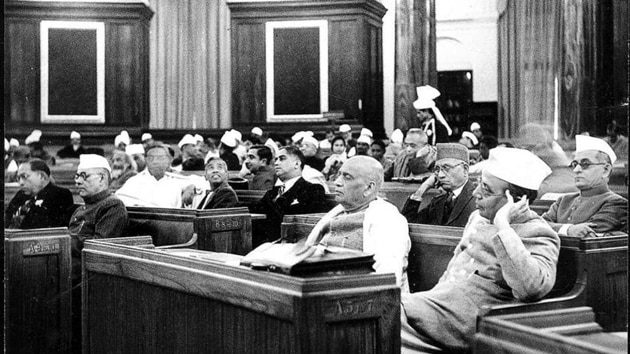QUICKREADS

Framers put forth a plural, secular basis for citizenship
In the case of India,70 years ago, we gave ourselves a Constitution, which defined who we were by adopting a secular and religion-blind criteria for citizenship. This plural basis of citizenship was carried into the Citizenship Act, 1955 whose primary purpose was to determine the principle of “acquisition and termination” of citizenship to supplement the constitutional provisions. This secular model of acquisition of citizenship served many objectives.

Have we missed the dandy in SRK?
Shah Rukh Khan made his Met Gala debut in a black Sabyasachi ensemble, featuring a floor-length coat, silk shirt, and gold-diamond tiger head cane. He represented Indian cinema with elegance, embodying the event's "Black Dandy" theme through sophisticated, understated styling.

What we know about caste inequality in India | Number Theory
A new caste census in India aims to reveal population demographics and potentially capture economic inequality. Existing surveys already indicate significant disparities in employment and household conditions across different caste groups.

Problematics | Play the magician
A magician performs a card trick where you select four random cards, deal additional cards based on their values, and then reveal a predetermined card matching the sum of the face-up cards' values, showcasing a mathematical prediction technique.

What can a caste census tell us? | Number Theory
India's first caste census since 1931 will be conducted, revealing updated demographic information. While broad caste composition is already known, the census promises to provide fresh insights into the nation's social structure and population dynamics.






